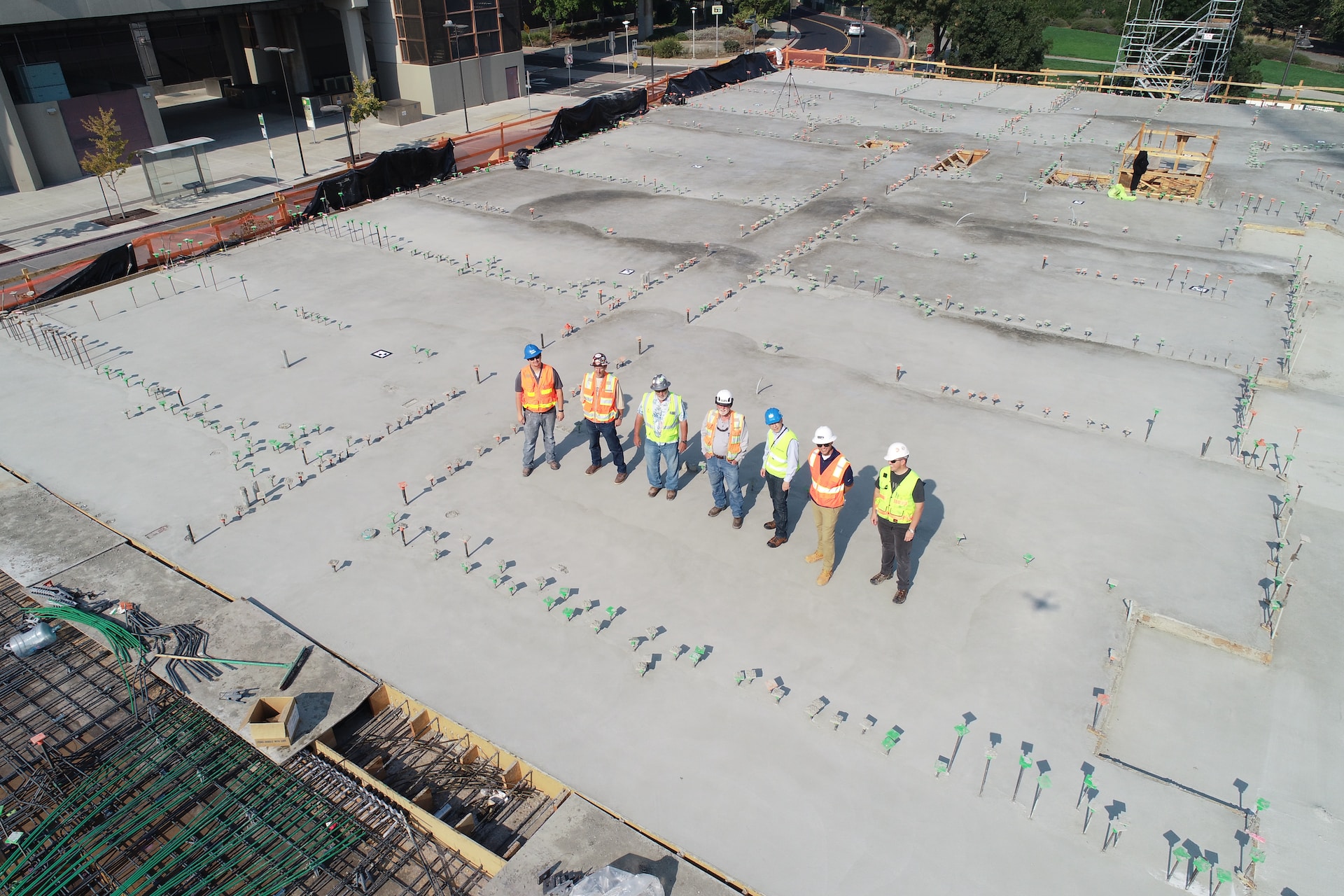Construction sites can be vulnerable to various security risks, such as theft, vandalism, and unauthorised access, resulting in significant financial losses and business delays. Ensuring proper site security is essential for safeguarding assets, materials and workers’ safety and well-being.
CR Training is a trusted provider of training and consultancy services for the construction industry, delivering accredited courses in safety, first aid, and mental health. Our expert team deeply understands the challenges construction businesses face in managing site security and ensuring a safe work environment. We aim to empower businesses with the necessary knowledge and tools to effectively tackle these challenges and create secure, productive, and successful worksites.
In this blog post, we will provide valuable insights into essential elements of construction site security, such as risk assessment, access control, personnel identification, security training, and the role of technology in enhancing site protection. We will also address common barriers to effective security implementation and offer practical tips for overcoming these challenges. By providing construction professionals with this in-depth guidance, we hope to support businesses in the UK construction industry in making informed decisions about their security practices, ultimately leading to safer and more successful projects.
Conducting a Comprehensive Risk Assessment
Conducting a thorough risk assessment is the first step in enhancing construction site security. This process helps businesses identify potential vulnerabilities, risks, and threat levels, enabling them to develop appropriate security measures. To perform an effective risk assessment, consider the following aspects:
- Assets: Identify the valuable assets on-site, such as materials, equipment, and tools, that thieves or vandals could target.
- Site layout: Assess the site layout and its impact on security, considering natural surveillance opportunities, perimeter fencing, and access points.
- Past incidents: Review previous security breaches or incidents in your organisation or the local area to identify patterns or trends that can inform your security strategy.
- External threats: Consider local crime rates, environmental hazards, and other external factors that may influence your site’s security requirements.
After completing your risk assessment, develop a security plan that addresses identified risks and vulnerabilities, taking into account budgetary constraints and project timelines.
Implementing Effective Access Control Measures
Controlling access to construction sites is crucial for preventing unauthorised entry, theft, and vandalism. Implementing access control measures includes managing site entrances, exits, and boundaries and monitoring the personnel entering and leaving the site. Key strategies for effective access control include:
- Installing secure perimeter fencing and gates: Durable fencing and gates with secure locks are essential for deterring intruders and protecting valuable materials and equipment.
- Limiting the number of access points: By controlling the number of entrances and exits, businesses can streamline security monitoring and reduce the risk of unauthorised access.
- Employing security staff or guards: Qualified security personnel can provide a visible deterrent and monitor access points, ensuring only authorised individuals are allowed on-site.
- Implementing sign-in/sign-out procedures: Record-keeping of site personnel, visitors, and deliveries can help maintain accountability and track activities on-site.
- Using identification systems, such as ID cards or badges: Ensure all employees and contractors have visible identification to prevent unauthorised individuals from blending in with authorised personnel.
Promoting Security Awareness and Training among Construction Workers
Construction workers play a vital role in maintaining site security. By promoting security awareness and training, businesses can empower employees to contribute to effective site protection actively. Strategies for fostering a security-focused workforce include:
- Providing security training: Make security awareness a part of employee induction and ongoing training, helping workers recognise potential threats and learn how to respond to security incidents.
- Developing robust reporting procedures: Encourage employees to report any suspicious activities, incidents, or breaches to supervisors or security personnel promptly.
- Encouraging shared responsibility: Cultivate a sense of shared responsibility for site security among workers, emphasising the importance of teamwork in protecting valuable assets and ensuring a safe work environment.
- Rewarding vigilance: Acknowledge and reward employees who demonstrate exceptional security awareness, reinforcing that vigilance is valued and appreciated.
Leveraging Technology for Enhanced Site Security
Incorporating technology into your construction site security strategy can help improve monitoring capabilities and offer additional layers of protection. Consider the use of the following security technologies:
- CCTV surveillance: Strategically placed CCTV cameras can deter criminal activity and provide valuable evidence in case of security breaches.
- Wireless alarm systems: Installing wireless sensors and alarms at site entry points and vulnerable areas can provide real-time alerts for security personnel or site managers if an intrusion occurs.
- Access control systems: Electronic access control systems, such as card readers or biometric scanners, can provide additional security by restricting access to authorised individuals only.
- GPS tracking: For valuable equipment or materials, GPS tracking devices can facilitate tracking and prompt recovery in case of theft.
Conclusion
Implementing comprehensive security measures for construction sites is crucial in protecting valuable assets, ensuring worker safety, and minimising project delays due to crime or vandalism. By conducting thorough risk assessments, implementing effective access control measures, promoting security awareness and training among workers, and leveraging technology, construction businesses can enhance site security and achieve a more secure work environment.
At CR Training, our professional and accredited team is dedicated to supporting construction businesses in improving their workplace health, safety, and security practices. We provide tailored workplace safety training in Edinburgh designed to address the unique challenges faced within the construction industry. Engage with CR Training to access expert guidance and resources, empowering your construction business to achieve a safer, more productive, and successful future in the UK.

